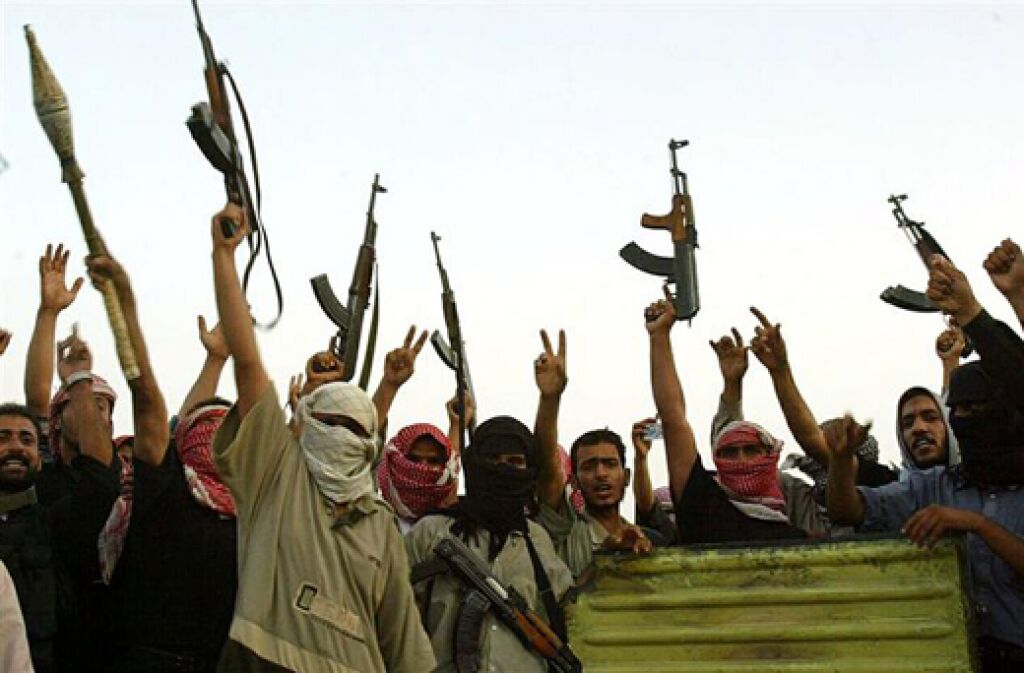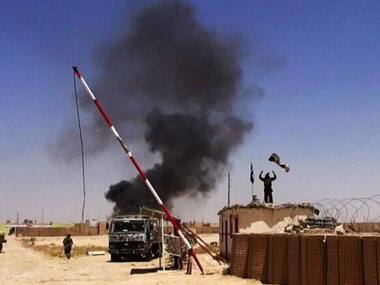

The groups underscore the enemy’s brutality and paint the U.S. Some gruesome and locally controversial practices – beheading hostages, attacking people going to the polls – have been abandoned. Fearful of a backlash, they systematically and promptly respond to accusations of moral corruption or blind violence, reject accusations of a sectarian campaign and publicise efforts to protect civilians or compensate their losses. The groups appear acutely aware of public opinion and increasingly mindful of their image.While covert talks cannot be excluded, the publicly accessible discourse remains uniformly and relentlessly hostile to the occupation and its “collaborators”. Despite recurring contrary reports, there is little sign of willingness by any significant insurgent element to join the political process or negotiate with the U.S.For now virtually all adhere publicly to a blend of Salafism and patriotism, diluting distinctions between foreign jihadis and Iraqi combatants – though that unity is unlikely to outlast the occupation. A year ago groups appeared divided over practices and ideology but most debates have been settled through convergence around Sunni Islamic jurisprudence and Sunni Arab grievances. There has been gradual convergence around more unified practices and discourse, and predominantly Sunni Arab identity.

Groups are well organised, produce regular publications, react rapidly to political developments and appear surprisingly centralised. It no longer is a scattered, erratic, chaotic phenomenon.

Over the past two years such communication has assumed more importance, both among insurgent groups and between groups and their networks of supporters or sympathisers. Abundant material – both undervalued and underutilised – is available from insurgent websites, internet chat, videos, tapes and leaflets.

An anti-insurgency approach primarily focused on reducing the insurgents’ perceived legitimacy – rather than achieving their military destruction, decapitation and dislocation – is far more likely to succeed.įailure to sufficiently take into account what the insurgents are saying is puzzling and, from Washington’s perspective, counter-productive. actions and to maximise acceptance by Sunni Arabs), and whose confidence in defeating the occupation is rising. This report, based on close analysis of the insurgents’ own discourse, reveals relatively few groups, less divided between nationalists and foreign jihadis than assumed, whose strategy and tactics have evolved (in response to U.S. Its descriptions have relied on gross approximations and crude categories (Saddamists, Islamo-fascists and the like) that bear only passing resemblance to reality.


 0 kommentar(er)
0 kommentar(er)
